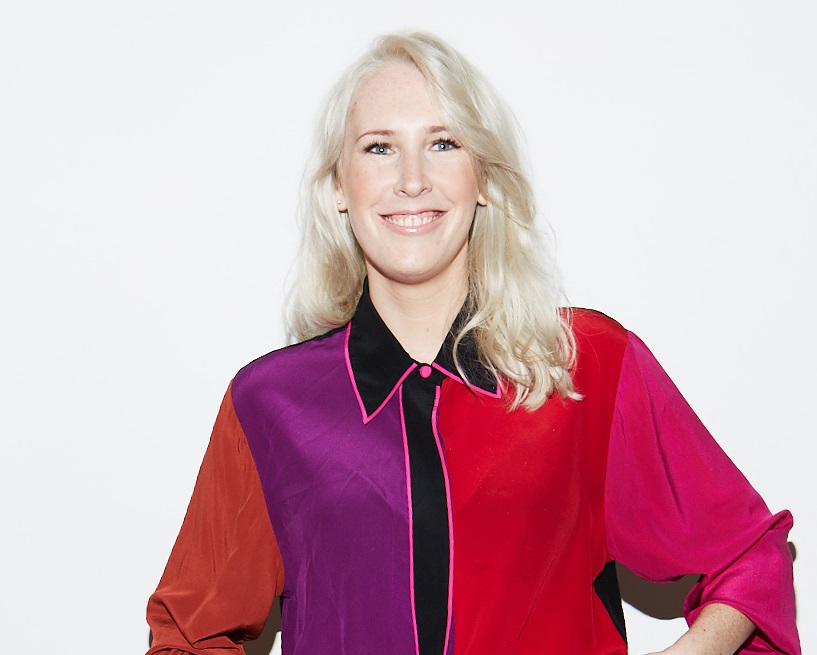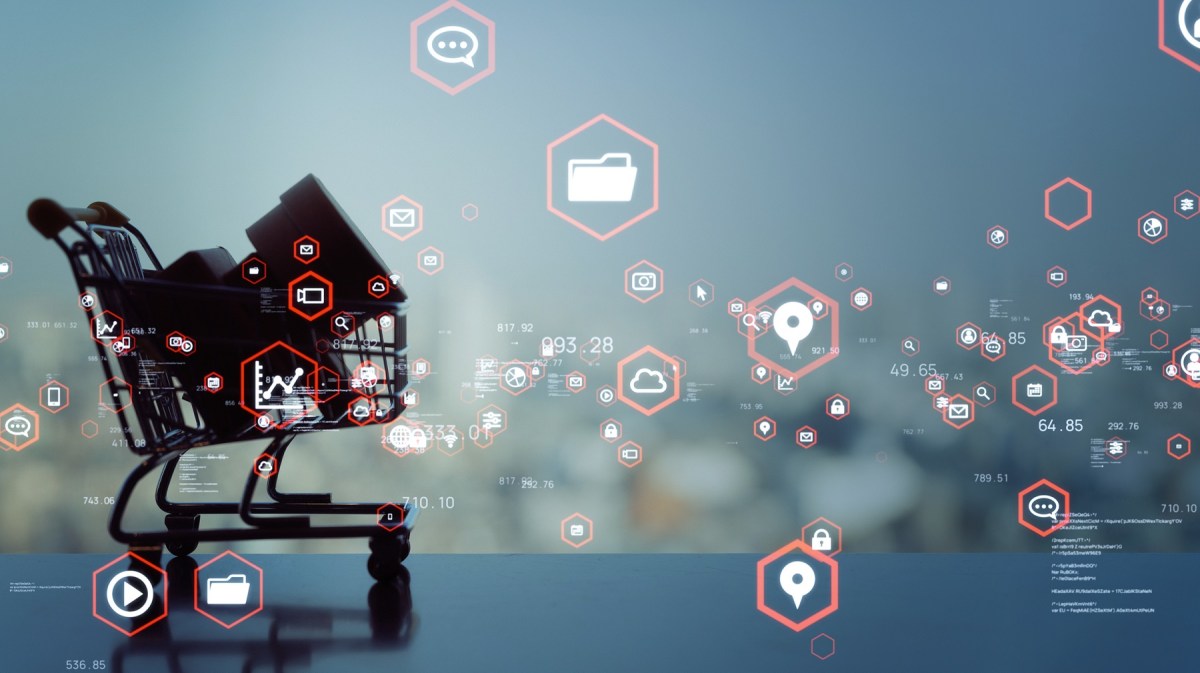Future think tank, SOON, has released its inaugural report uncovering insights into the emerging trends transforming how Gen Z and Millennials will approach work, travel, food and retail in the next three years.
In the Future Forecast 2024, internationally renowned futurist, social scientist and trends forecaster, Sarah Owen explores seven key themes, one being ‘retail revival’.
While retailers have been focused on e-commerce, the future will demand a more tactical view on how physical stores complement online sales. Sophisticated omnichannel strategies will be critical in delivering convenience, quality and safety for shoppers.
In addition to regular reports, SOON also provides custom solutions for clients primarily in the retail sector with a focus on lifestyle and culture trends, as well as human behaviours.
“Our first youth-focused report uncovers how young people will think and behave in 2024. Young people today have a more discerning eye than previous generations, and it’s been fascinating to deep dive into what lies ahead,” Owen said.
“We are living in a liquid society, one where identity is not absolute. And this, to some extent, =captures the zeitgeist of today’s youth and helps us understand why boxing people into clear-cut segments is becoming a quickly outdated process. Understanding moods and moments will be the differentiator that keeps brands resonating with young people.”

Physical stores set for a rebound
Physical stores will become important hubs for convenience, community, and curated ease, with in-store sales set to account for between 62% and 78% of total sales by 2024, according to estimates from Forrester, Edge Retail Insights and Euromonitor.
The success of physical stores will be shaped around the following five key factors:
- Convenience: With the pandemic super-charging the need for omnichannel strategies like BOPIS (buy online, pick-up in-store), shoppers will continue to expect the ease and security these hybrid retail concepts offer. Convenience also includes features like contactless shopping, as QR codes and automatic checkouts appeal to both time-poor and hygiene-concerned individuals.
- Dark stores: In the years to come, there will be a rise in more urban fulfillment centres as retailers look to tackle last-mile logistics and shoppers come to expect deliveries even faster. By 2023, retail stores are projected to use up to one-third of their space for e-commerce fulfillment, according to Edge. Known as dark stores, businesses like Merqueo in Mexico, Swiggy in India, Getir in Turkey, and Woolworths in Australia are experimenting with these micro-fulfillment concepts to get delivery times down, in some cases to 10 minutes.
- Delivery integration: In areas where dark stores aren’t possible, retailers are creating strategic partnerships with third-party providers to offer speedy deliveries. In the US, retail giant Costco and resale marketplace Mercari are testing on-demand delivery services with Uber. In August 2021, food delivery service DoorDash announced a new feature called ‘Double Dash’ that would allow users to bundle items from different stores into one transaction with no extra delivery fees.
- Contactless ease: Contactless technologies are driving retail innovation. In Seoul, South Korea, a newly opened convenience called UnCommon Store, has leveraged various technologies including Amazon Web Services to provide an automatic and contact-free shop-scan-and-pay experience. Similarly, in the US, retailer Sam’s Club is testing a new ‘Scan & Ship’ feature that allows shoppers to browse the aisles and scan the items they want sent directly to their homes.
- Curation: By incorporating tighter product edits, cultural add-ons, and elements of play and education, retailers will need to redesign their stores to make discovery a defining component of the shopping experience. Meanwhile, curation also applies to social commerce, as apps get more personalised to challenge choice paralysis.
‘Experience Central’
Future-forward retailers are curating their bricks and mortar locations to include experiential elements and focus on a particular category or sector.
For example, Dick’s Sporting Goods opened its new retail concept ‘House of Sport’ in New York in April 2021, dedicated to multi-sport experiences including an indoor batting cage and rock-climbing wall. More recently, Dick’s further honed in on another niche retail concept by creating a new shopping destination called Public Lands that only focuses on the outdoor sector.
Nike’s ongoing rollout of its ‘House of Innovation’ store concepts continues to showcase how technology can integrate with physical retail in an engaging way. Its new Paris destination boasts virtual gaming activations, modular store layouts, and a curated sneaker lab.
Shopping malls are redesigning their proposition to attract more in-store foot traffic by curating all lifestyle needs under one roof. In South Korea for example, Shinsegae Department Store, which opened its Shinsegae Art & Science concept in August 2021, incorporates an aquarium, a multiplex cinema, an indoor sports theme park, five-star hotel and science museum.

